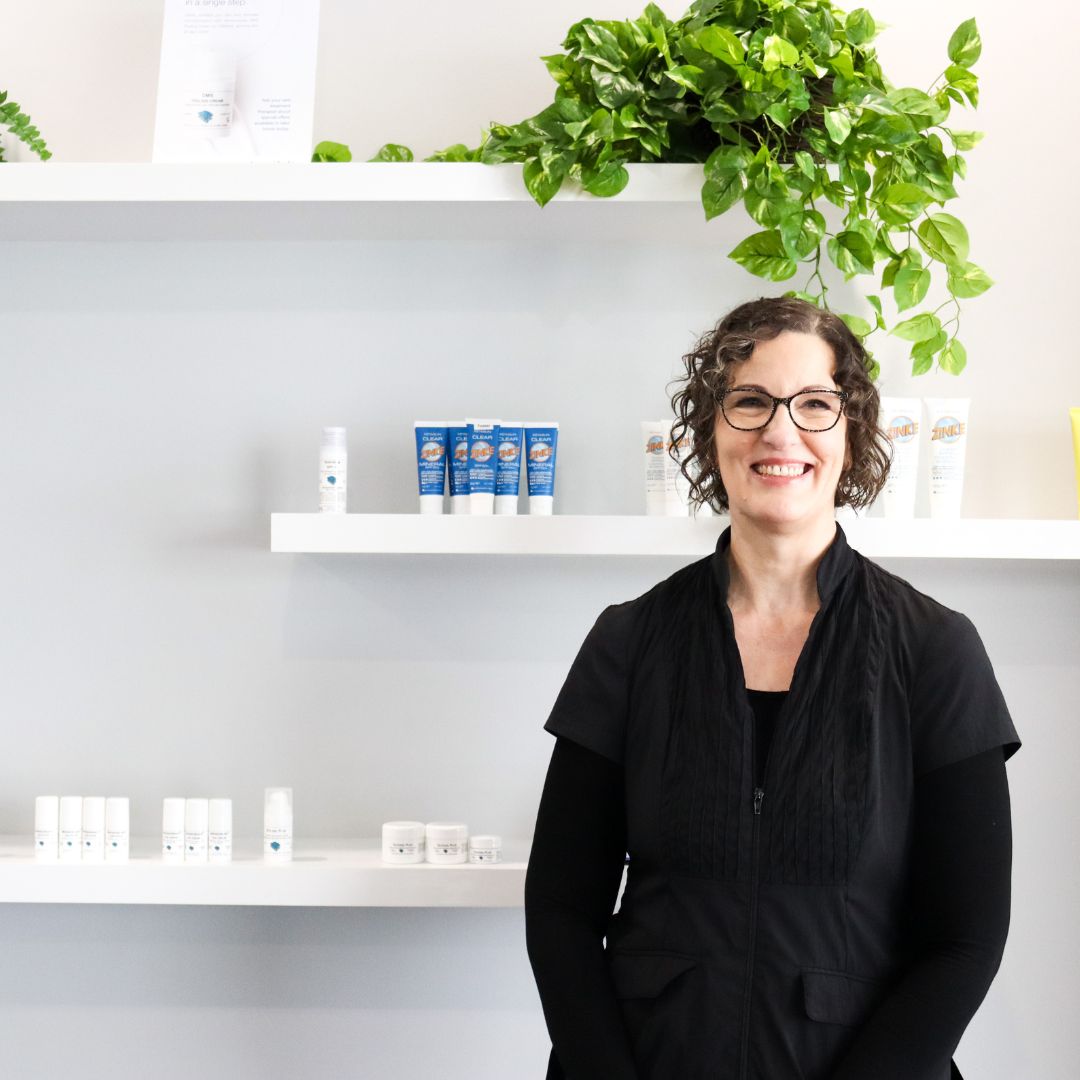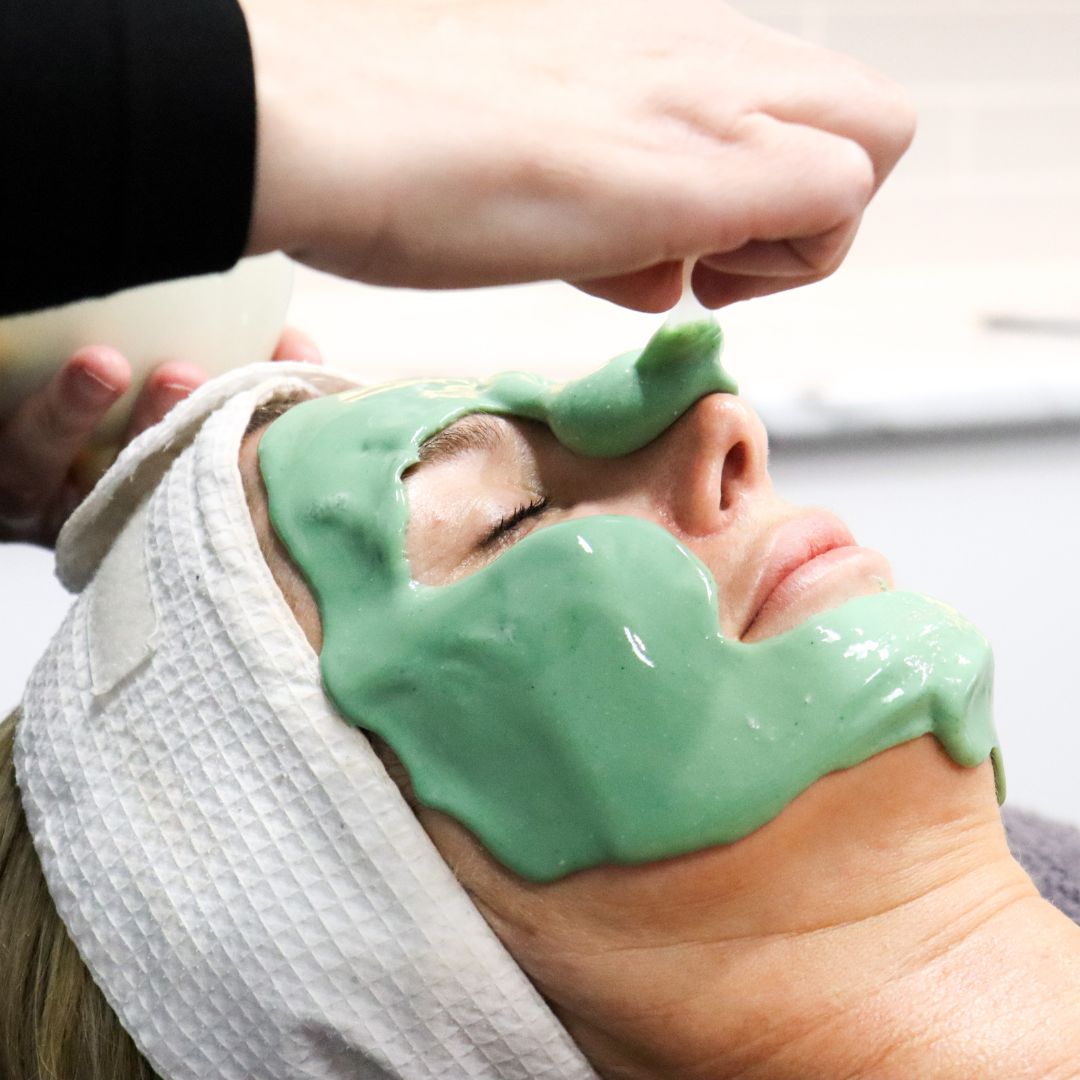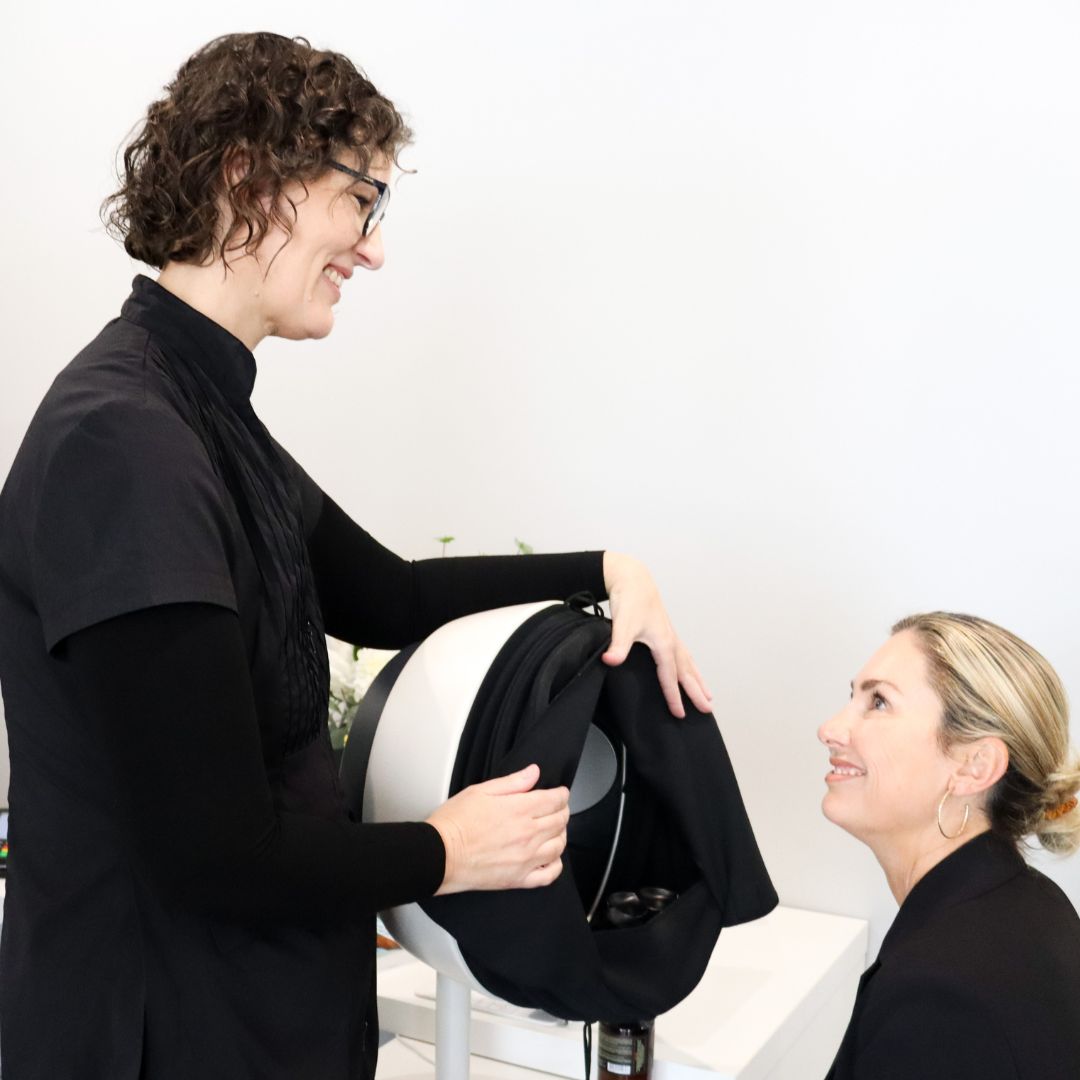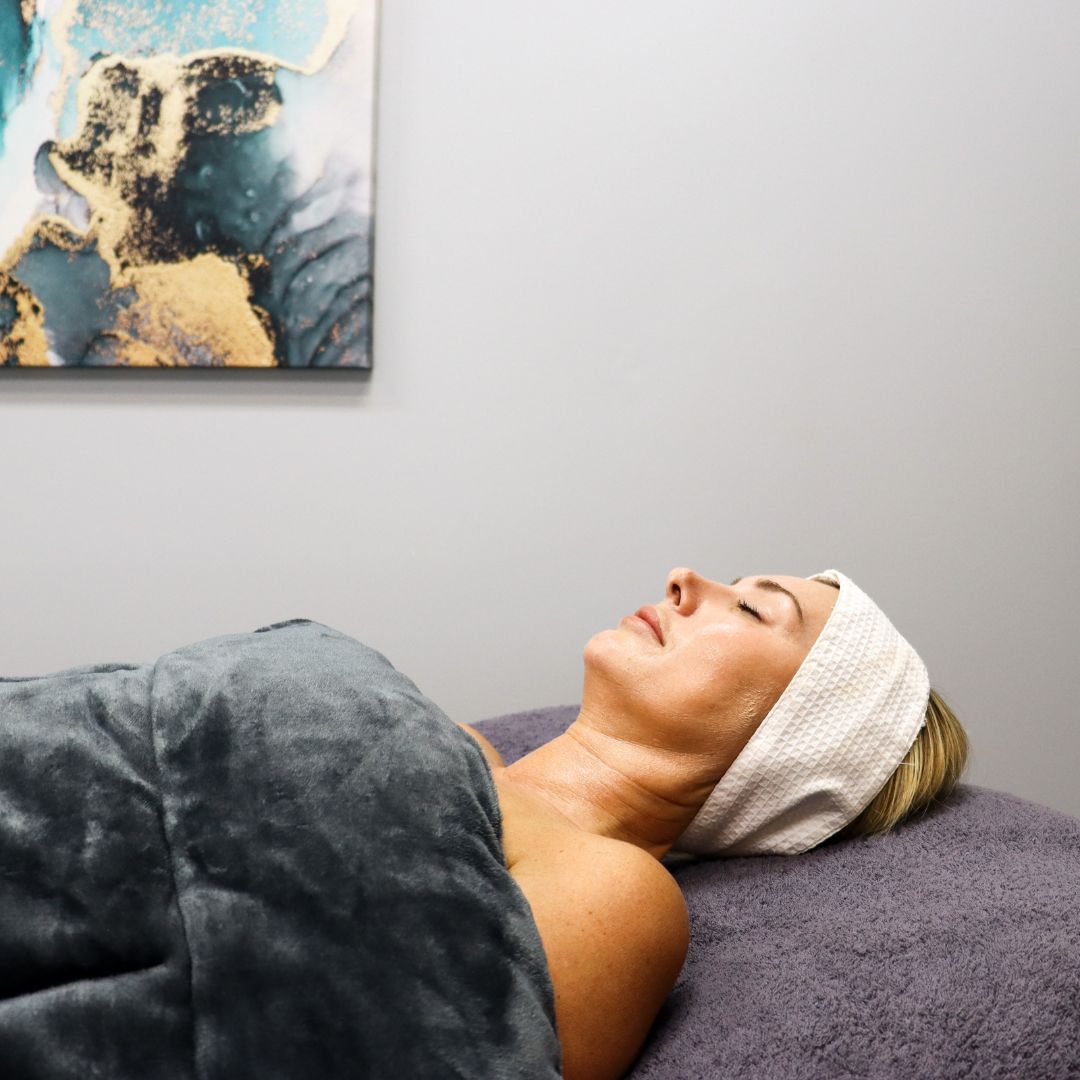Rosacea
Specialising in problematic skin conditions.
Rosacea.
Rosacea is a chronic skin condition that primarily affects the face, resulting in persistent redness, visible blood vessels, and sometimes acne-like papules and pustules. It typically appears in adulthood and tends to worsen over time if left untreated. Here’s a closer look at the “why” and “what” of rosacea:
Why Rosacea Occurs: The exact cause of rosacea is not fully understood, but it is believed to involve a combination of genetic, environmental, and immune system factors. Some of the key contributing factors to the development of rosacea include:
Vascular Abnormalities: One of the hallmark features of rosacea is the dilation of blood vessels (telangiectasia) in the skin. Abnormalities in the blood vessels may play a role in the redness and flushing associated with the condition.
Inflammation: Inflammation of the skin is a central component of rosacea. It is thought that the immune system’s response to various triggers leads to the characteristic redness and swelling.
Triggers: Rosacea is often triggered or exacerbated by certain factors, including sun exposure, hot or spicy foods, alcohol, temperature extremes, and emotional stress. These triggers can lead to flushing and increased symptoms.
Demodex Mites: Some research suggests that an overabundance of Demodex mites, which are naturally present on the skin, may contribute to rosacea in some individuals.
Genetics: There is evidence to suggest that rosacea may have a genetic component, as it tends to run in families.
What Rosacea Looks Like: Rosacea can manifest in various ways and may affect individuals differently. The common signs and symptoms of rosacea include:
Facial Redness: Persistent redness, often in the central part of the face, such as the cheeks, nose, forehead, and chin. This redness can resemble a sunburn or blush.
Visible Blood Vessels: Telangiectasia, or the visible, tiny blood vessels on the face, is a hallmark of rosacea.
Papules and Pustules: Rosacea can be associated with acne-like bumps, including papules (small, red bumps) and pustules (pus-filled bumps). This type of rosacea is sometimes referred to as “acne rosacea.”
Eye Symptoms: Ocular rosacea can occur, causing dryness, redness, and irritation of the eyes. This may lead to a gritty or burning sensation.
Thickened Skin: In some cases, especially if left untreated, rosacea can lead to thickening of the skin on the nose, a condition called rhinophyma.
Treatment And Prevention.
It’s important to note that rosacea is a chronic condition, but its symptoms can be managed and controlled with appropriate treatment in clinic and medically. You will need guidance on lifestyle modifications, skincare routines, and prescription medications to help manage rosacea and reduce its symptoms. Early intervention is often crucial in preventing the progression of the condition and minimising its impact on your skin.






